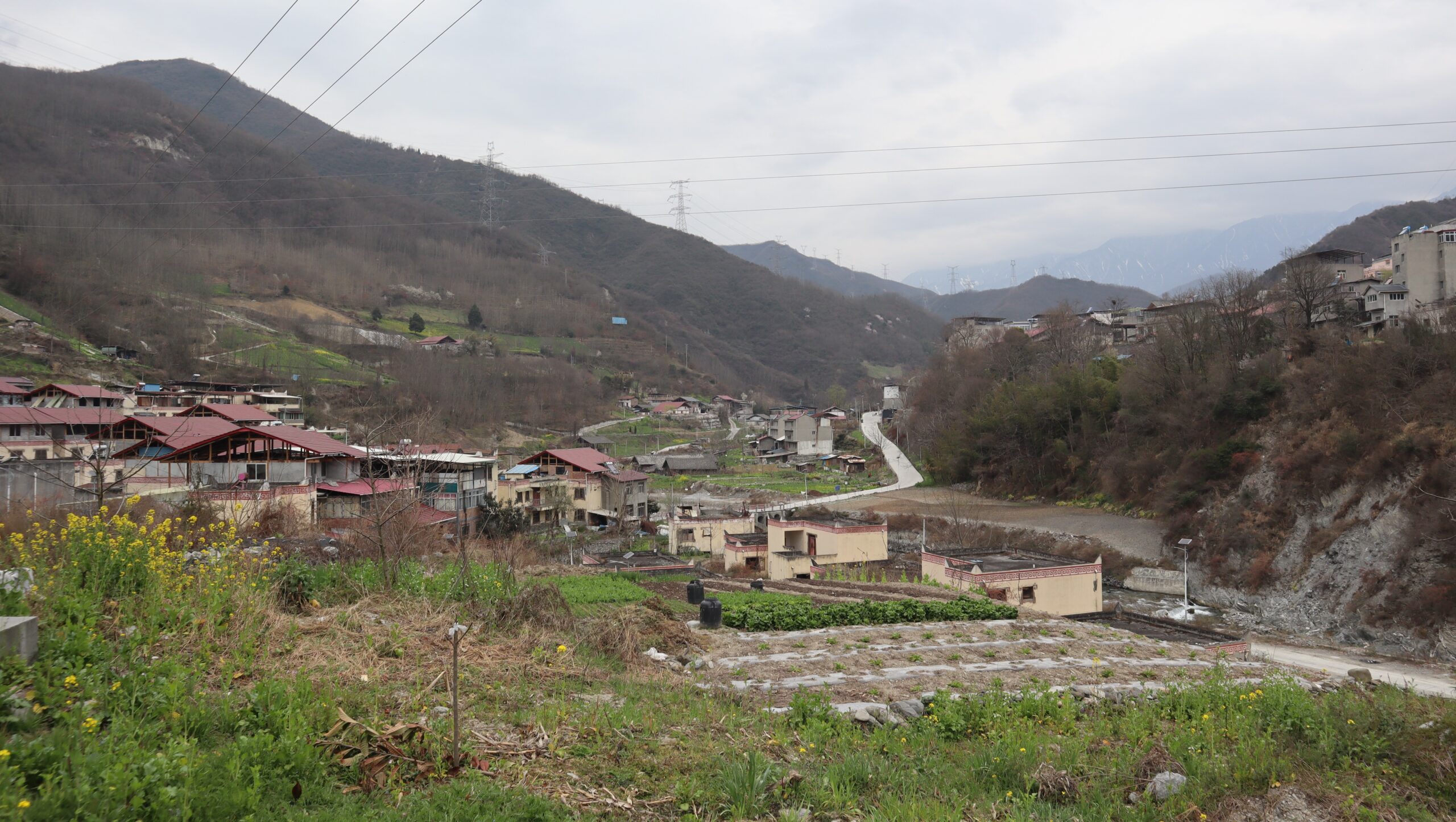
“It is not an easy place to make a living. Even the most successful farms — the ones with two-story houses, large pig huts, big cement threshing platforms, and a dozen corn plots carved into the hillside — even these farms speak of the difficulty of growing crops in such a landscape. Every terrace has been shaped by human effort, by successive generations of the same clan, by decades and perhaps centuries of work … Human history sits heavily on this land, as it so often does in China.“
— Peter Hessler, River Town (p. 358-359)

As better writers have so eloquently said, China is sometimes a harsh landscape that has been diligently traversed and landscaped across years of great, quiet effort. Fushun is one place, among many in Sichuan, that captures fertility and severity and discipline all at once.
That might be Maoxian in general, I guess. But on my dedicated visit #2 to Fushun (富顺), I came to really believe that this town in particular happens to be sandwiched in the middle of the skyscraping mountains of the Tibetan plateau and the relative hilly abundance of central Sichuan. It, along with the closely adjoined town of Tumen (土门), encompasses the east segment of Maoxian (going west eventually reaches Tibet). Much of the winding roads here are the direct routes into Chengdu. This time around, much more was accomplished: spending time in a local home, exploring a mountain temple, and walking through the town center.
Though it was still a short visit, having some actual perspective on Fushun is appreciated. There seems to be more business and infrastructure here than I previously realized. That said, the place is no longer in its heyday. Quite noticeably, one side of the town center is an array of factories. They are mostly decommissioned now, although they still loom large when examining Fushun in its, primarily otherwise rural, entirety.
But that industrial stuff did not define my visit. I did not even get close to any of it for examination (though I wish I had).

Often, I naturally pass through Fushun. One of my cousins lives here with her small family, part-time. She and her very young son typically split the time in Fengyi (凤仪) with her parents. The boy’s father works in the local fire department. The fire department building is sort of an impressive landmark in its immediate community. It is, in my opinion, a truly stellar depiction of how something taken for granted in more developed locations becomes a genuine focal point in a less sophisticated area. There is even a basketball court in front of the building. I can only assume the resources for the premises came from the ample post-earthquake disaster funds. The distribution of those funds has often taken such form throughout Maoxian.
But the focus here is on Fushun, the town, not the exemplary fire department building.
A local temple is as good a place to start as any, the entourage was assured. After all, it’s not like I had any clue where to begin. Located at the top of a small, unadorned mountain, we drove most of the way there before briefly hiking up the remaining steps. It’s a small complex, but quite filled in. From the ledge, we can oversee the old factories. The main temple structure showcases an incredible number of textures — obvious repair attempts over the years, in various states. It is clearly historic if nothing else. Two stone slabs are erected outside of the temple, with lengthy descriptions.
Despite its attempt to fade away, the temple is still an active place of worship. It does not seem there is much traffic however, although there is at least one person here. An extremely welcoming elderly lady. She is a caretaker, it seems. I should note that the temple is not without a few small gardens outside. If there is space, there usually is something grown there. We get a full tour thanks to the caretaker and say some prayers.





On another mountain in Fushun, though not near its top, we have a luncheon feast with a local family and some other guests, friends, relatives. It is tasty and filling. There are two round dining tables to accommodate everyone. We do not finish all of the food.
Outside is fully in the midst of something almost subtropical. It’s highly reminiscent of countryside I have seen surrounding Chengdu and Chongqing. Which, on its own, is unsurprising, but most of the rest of Maoxian is still in alpine hibernation around this time (I visited right before spring). Looking in that direction, all of that is not far away: blanketed mountains ahead. In contrast, Fushun is a verdant and lush destination.
The home we visit is not alone in the area. There are several homes in a cluster. Yet, they each have their own terraces and plots to manage.









Finally, at the lowest point in Fushun, the town center sits split by the river. Even the smaller mountains appear magnificent at this vantage point. Those large factory structures are just a blip on the radar in comparison. The river, which cuts right through, does not feel very powerful, perhaps due to the channeling. Homes are bunched together, yes, but there are still crops grown in the spaces in between and around. A few homes are noticeably new and grand.
As I walk through the streets towards the tiny bridge crossing the river, I notice a very elderly lady, wearing colorful Qiang traditional dress, observe me rather conspicuously. She tracks me slowly around the corner of her street as I continue ahead. I see her a final time, now a small floating head protruding from the side of a building looking straight at me as I walk away.
The remainder of the few folks I notice here have no interest in me. They are working hard in the field and never once look my way.










Leave a Reply